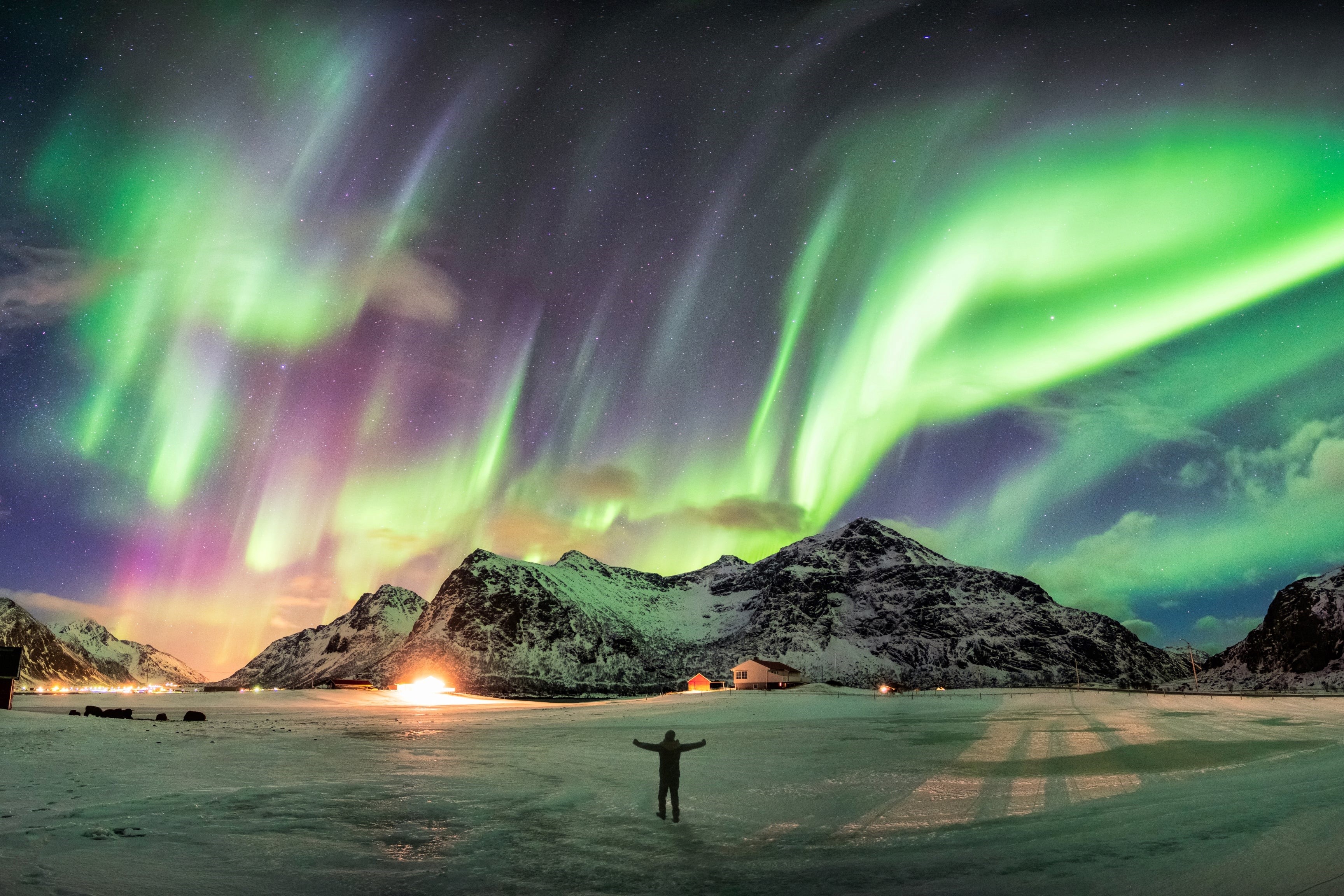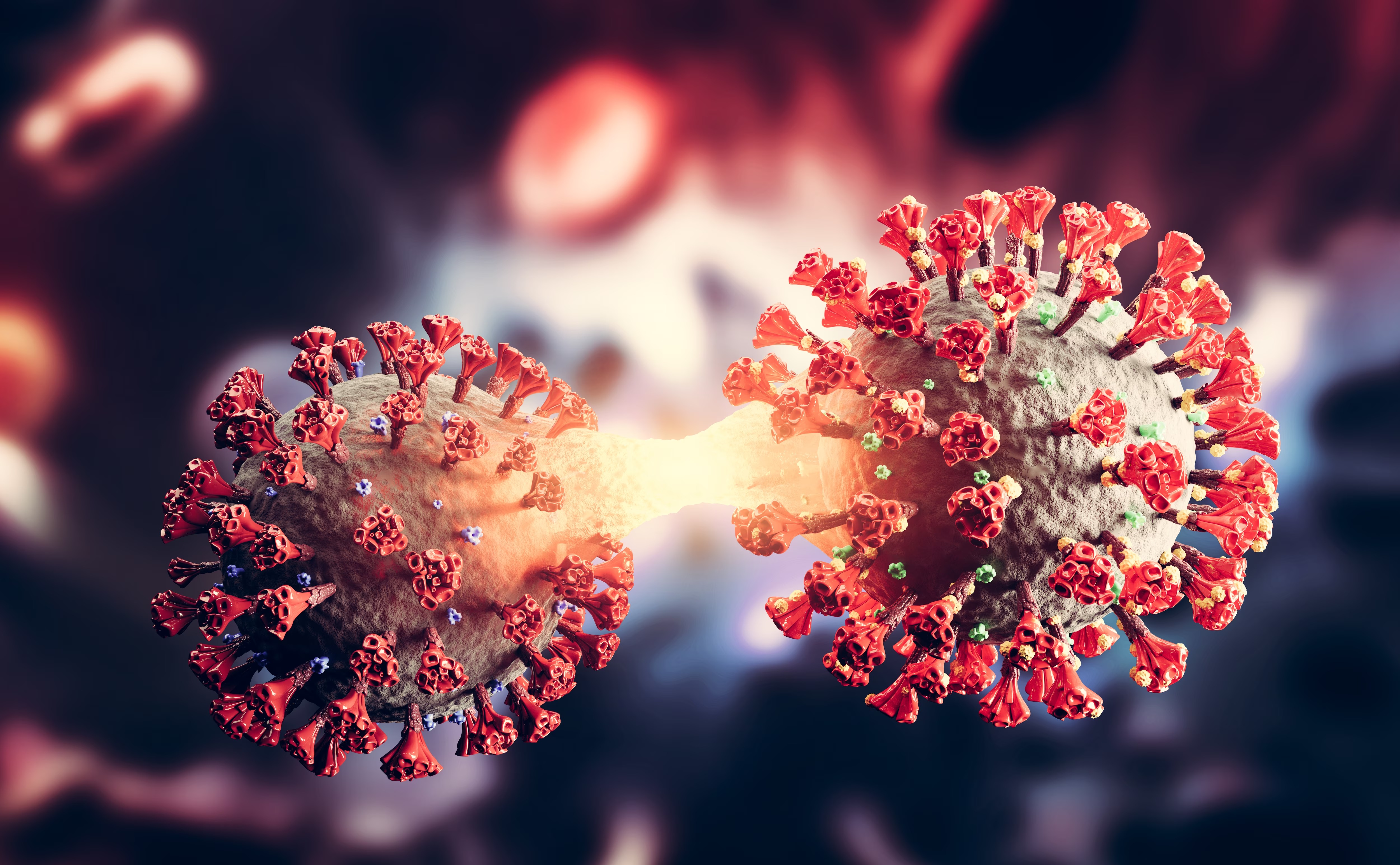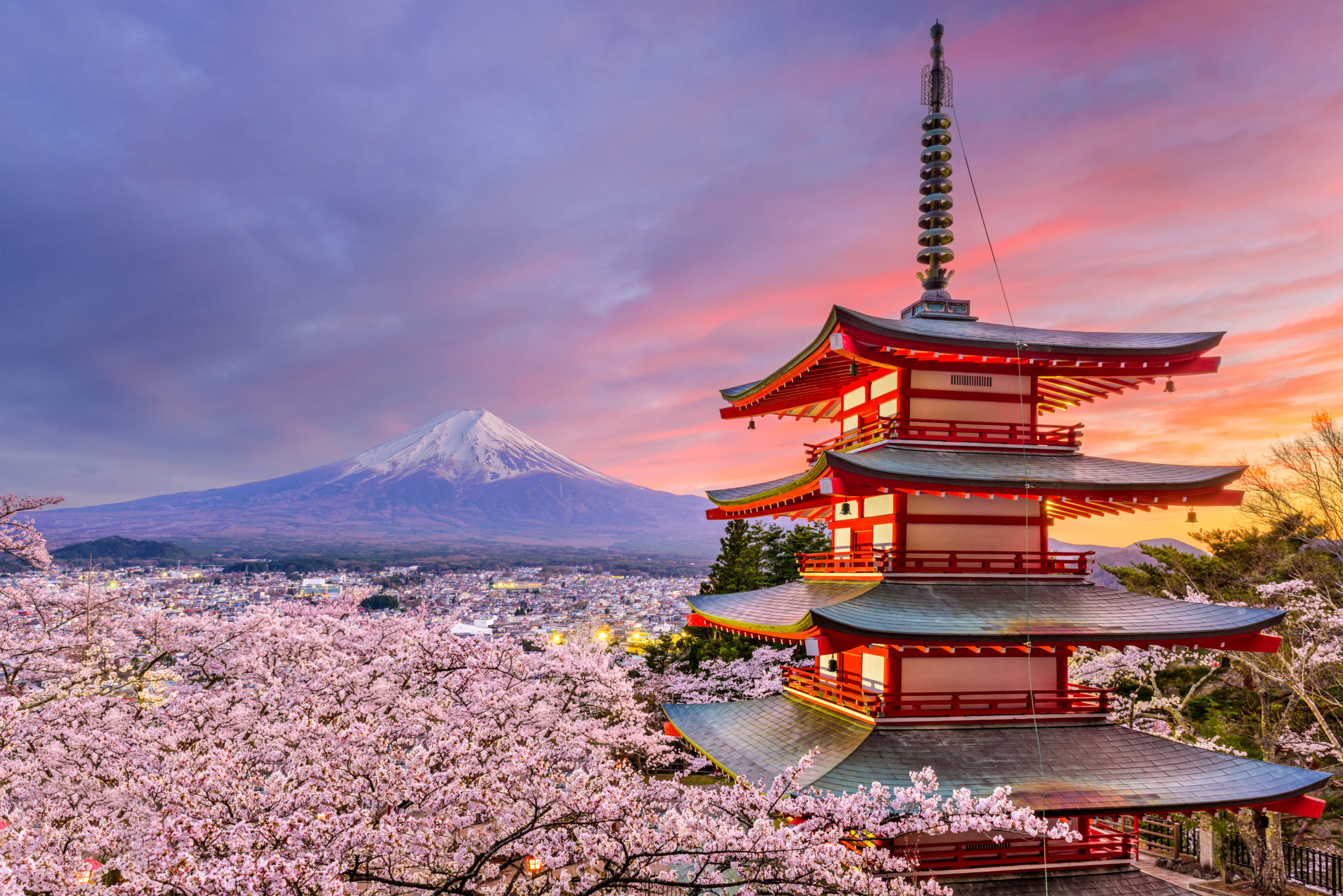Holi: Festival of colors
Holi is a widely observed Hindu holiday that is known as the Festival of Colors, Love, and Spring. It honors the gods Radha and Krishna’s unending and holy love. The day also honors Vishnu as Narasimha’s victory over Hiranyakashipu, signifying the victory of good over evil. Due to the Indian diaspora, Holi has extended beyond the Indian subcontinent, where it began and is still mostly celebrated in India and Nepal, to other parts of Asia and the West.
In addition, Holi commemorates the end of winter, the coming of spring in India and Nepal, and the blossoming of love. It also serves as a prayer for a successful spring crop season. It begins on the evening of the Purnima (full moon day) that falls on the Hindu calendar month of Phalguna, which is roughly the middle of March in the Gregorian calendar, and lasts for one night and one day.
Holi is a revered, long-standing Hindu festival that is observed as a national holiday in several Indian states as well as a regional holiday in Nepal. It is a traditional event that allows both Hindus and non-Hindus to joke around with one another while throwing powder and colored water at each other. Broad observations of it are also made on the Indian subcontinent. The date of Holi varies according on the lunar cycle; it is observed at the end of winter on the last full moon day of the Hindu luni-solar calendar month, which signifies the arrival of spring. The date falls in late February or early March on the Gregorian calendar, depending on circumstances.
History
The festival has many purposes; most prominently, it celebrates the beginning of Spring. In 17th century literature, it was identified as a festival that celebrated agriculture, commemorated good spring harvests, and the fertile land. Hindus believe it is a time to enjoying spring’s abundant colours and say farewell to winter. To many Hindus, Holi festivities mark an occasion to reset and renew ruptured relationships, end conflicts, and rid themselves of accumulated emotional impurities from the past.
Additionally, it serves a religious function, which the legend of Holika symbolically represents. A ritual known as Holika Dahan, or Little Holi, involves lighting bonfires the night before Holi. Near fires, people congregate, sing, and dance. The following day is Holi, which is also referred to as Dhuli in Sanskrit, or Dhulheti, Dhulandi, or Dhulendi.
What are some of the stories associated with holi?
The holiday has its origins in Hindu mythology and lore.
In one origin story, the king, Hiranyakashipu, ordered everyone in his kingdom to worship him and was irked when his own son Prahlad, a devotee of Lord Vishnu, disobeyed his command. So, he ordered his sister Holika who was immune from fire to take the child, Prahlad, into a bonfire while holding him in her lap. However, when the pyre was lit, the boy’s devotion to Lord Vishnu protected him and left him unscathed while Holika, despite her immunity, burned to death.
Some also consider Holi a reference to Lord Krishna and his love for his beloved, Radha, and his cosmic play with his consorts and devotees called “gopikas,” who are also revered for their unconditional love and devotion to Krishna.
The revelry starts at sundown.
It begins with the kindling of bonfires. People gather around the flames to sing, dance and pray for an evening ritual called Holika Dahan, which re-enacts the demise of a Hindu demoness, Holika.
All sorts of things are thrown into the fires, like wood, leaves and food, in a symbolic purge of evil and triumph of good.

Why the colors?
Hinduism is the source of Holi. After being cursed by a blue-skinned demon, the god Krishna protested to his mother, questioning why his love interest Radha was fair but he wasn’t. Yashoda, his mother, jokingly proposes that he use any color he wants to paint Radha’s face. Krishna then applies paint to her, making them appear identical.
Part of the reason Holi is celebrated is the love that transcends all differences between Radha and Krishna. A portion of the gulal used for Holi nowadays is synthetic. However, naturally occurring substances like dried flowers, dried leaves, turmeric, berries, grapes, beetroot, and tea are typically used to create the colors.
Everyone participates.

The ancient Hindu celebration rejects the caste, religious, social, and political divisions that India’s frequently sectarian culture is based on. Anyone can get doused in rainbow-colored dust, beer, or even eggs, whether they are Hindu or not.
Some people engage in worship, or puja, where they give petitions to the gods. Others view Holi as a communal celebration. Everyone participates in the festivities, including obliging bystanders.
A feast is held.
When not hurling gulal, neighbors, family, and friends gather for a smorgasbord of customary foods and beverages. These consist of gujiya, which are deep-fried sweets that resemble dumplings and are packed with nuts and dried fruits; dahi vada, which are lentil fritters eaten with yogurt; and kanji, which is a traditional beverage prepared by fermenting carrots in water and spices.
Thandai, a pale green mixture of milk, cardamom, rose petals, almonds, fennel seeds, and other spices, is a popular way for some people to celebrate Holi. The beverage has occasionally been spiked for millennia with bhang, or crushed marijuana leaves, to heighten the festive atmosphere.


India has a diverse range of traditions.
The celebration of Holi reflects the diversity of the Indian subcontinent. They are especially ferocious in North India, where festivities can extend over a week and are thought to be the birthplace of the Hindu deity Krishna.
In Mathura, a northern city where Krishna is said to have been born, people recreate a Hindu story in which Krishna visits Radha to romance her, and her cowherd friends, taking offense at his advances, drive him out with sticks.
In the eastern state of Odisha, people hold a dayslong festival called Dola Purnima. Grand processions of people shouldering richly decorated carriages with idols of Hindu gods are a large part of the festivities there. The processions are full of drumbeats, songs, colorful powder and flower petals thrown into the air. In southern India, where Holi is not celebrated as widely, many temples carry out religious rites. In the Kudumbi tribal community, in the southwest, temples cut areca palms and transport their trunks to the shrine in a ritual that symbolizes the victory good over evil.
It is not limited to India.

Everywhere there is an Indian diaspora, there is a celebration of Holi. According to the Indian government, there are over 32 million Indians and individuals of Indian descent living abroad, with the majority residing in the United States, where 4.4 million people call home.
It is also quite popular in a wide range of nations, including Britain, South Africa, Fiji, Mauritius, and other parts of Europe.














Leave a comment